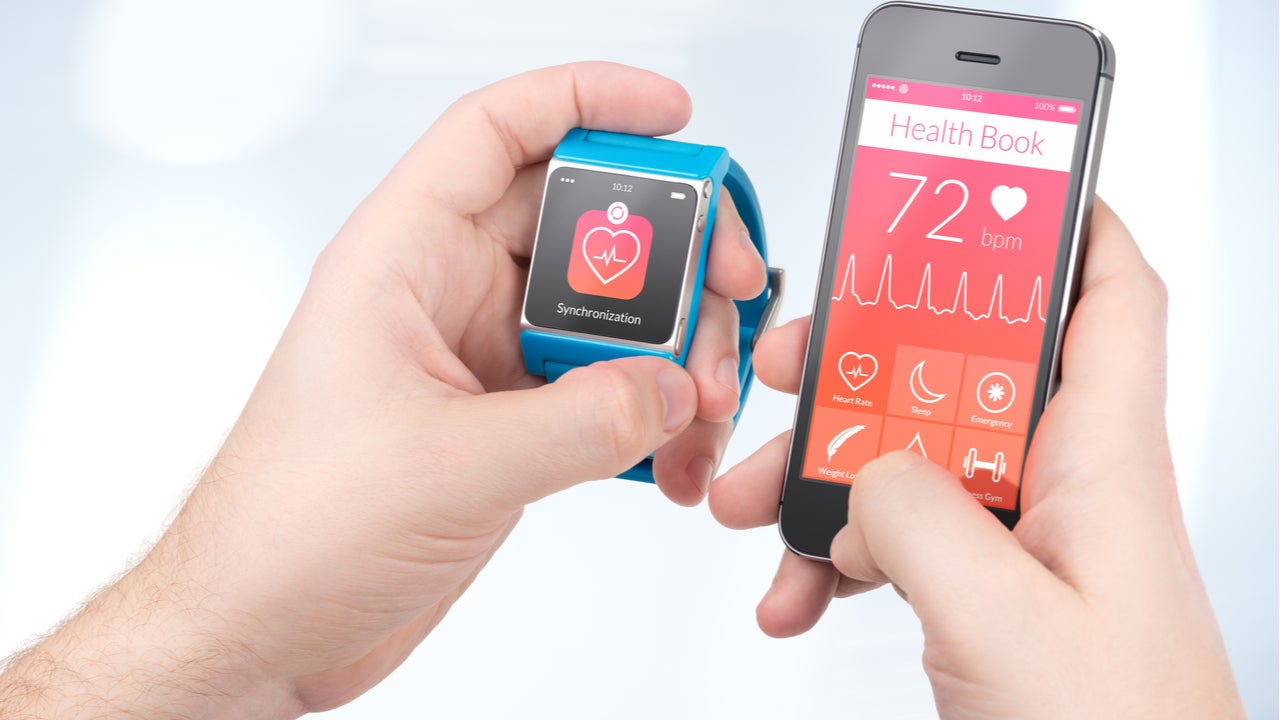
Covid-19 has disrupted the wearable tech sector’s impressive pre-pandemic growth. In 2020, the volume of wearables shipments increased by 16%, down from 101% in 2019.
This was primarily due to the lockdowns in China at the start of the year. Strong market demand will help the market recover in 2021, but the uncertain economic outlook will limit growth.
Covid-19 has slowed the growth in hearables sales. In 2019, shipments of hearables increased by 258% to 163 million units, but growth in 2020 will be a more modest 37%.
The pandemic has had a varied impact on wearable sub-sectors
However, consumer adoption of hearables remained relatively healthy during the pandemic, driven by increased digital media consumption, the shift to home-working, and the popularity of virtual fitness coaching. The integration of artificial intelligence (AI), audio, and sensor technologies will fuel further growth in the market over the next three years.
Smartwatches could not overcome the pandemic’s impact, despite many manufacturers promoting their device’s ability to identify Covid-19 infections early. Several vendors developed smartwatch-based apps that reminded users to stay safe by frequently washing their hands, but that was not enough to attract consumers with depleted disposable income.
Simultaneously, disrupted production due to lockdowns led to a 9% decline in shipments in 2020. However, smartwatches’ popularity and the availability of affordable premium products such as the Apple Watch SE will help the market recover in 2021.
How well do you really know your competitors?
Access the most comprehensive Company Profiles on the market, powered by GlobalData. Save hours of research. Gain competitive edge.

Thank you!
Your download email will arrive shortly
Not ready to buy yet? Download a free sample
We are confident about the unique quality of our Company Profiles. However, we want you to make the most beneficial decision for your business, so we offer a free sample that you can download by submitting the below form
By GlobalDataCovid-19 has boosted the adoption of smart glasses among enterprises. Some smart glasses vendors have used the pandemic as an opportunity to develop new use cases for the devices, such as contact tracing, workforce training, and remote expert collaboration. The latest smart glasses incorporate technologies like AI, augmented reality (AR), virtual reality (VR), 5G, and cloud. Their relevance in industrial use will only increase in the future.
Enterprises are a key market for wearable tech
Even before the pandemic, enterprises used AR and VR for automation, workplace training and safety, remote assistance, and maintenance and repair services. Covid-19 has fuelled this trend as lockdowns and social distancing measures have limited in-person collaboration. AR headsets, smart glasses, and VR headsets collectively recorded an average 10% year-on-year growth in shipments to enterprises in 2020. Smart glasses accounted for the largest share of shipments due to their relatively low cost. The high price of AR and VR headsets will limit their potential for widespread adoption in enterprises.
New use cases for wearables are a must for faster growth
Health will be a dominant use case in smartwatches and smart glasses and an increasingly important feature in hearables. Post-pandemic, consumers will be more interested than ever in health and wellness and, therefore, favour devices that provide health monitoring services.
However, concerns over the accuracy of data generated by wearables, combined with the general lack of an effective medical record infrastructure, represent substantial obstacles to wearables’ progress in the healthcare industry.
Many prospective customers also remain unconvinced that wearables offer anything they cannot already get from their smartphones. Thus, the development of killer use cases beyond health is paramount to improving consumer-grade wearables’ appeal. Vendors catering to businesses must emphasize AR- and VR-based data visualization, telemedicine, remote assistance, warehouse management, and training.








Related Company Profiles
Apple Inc